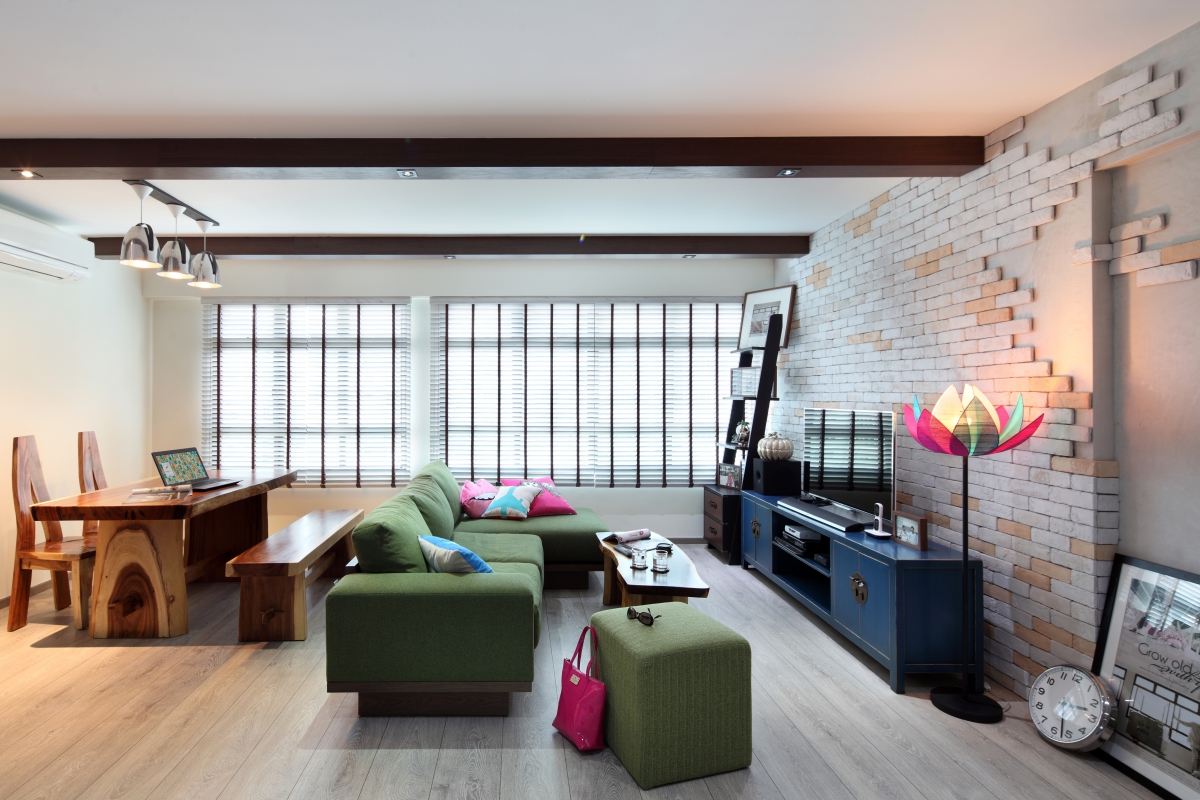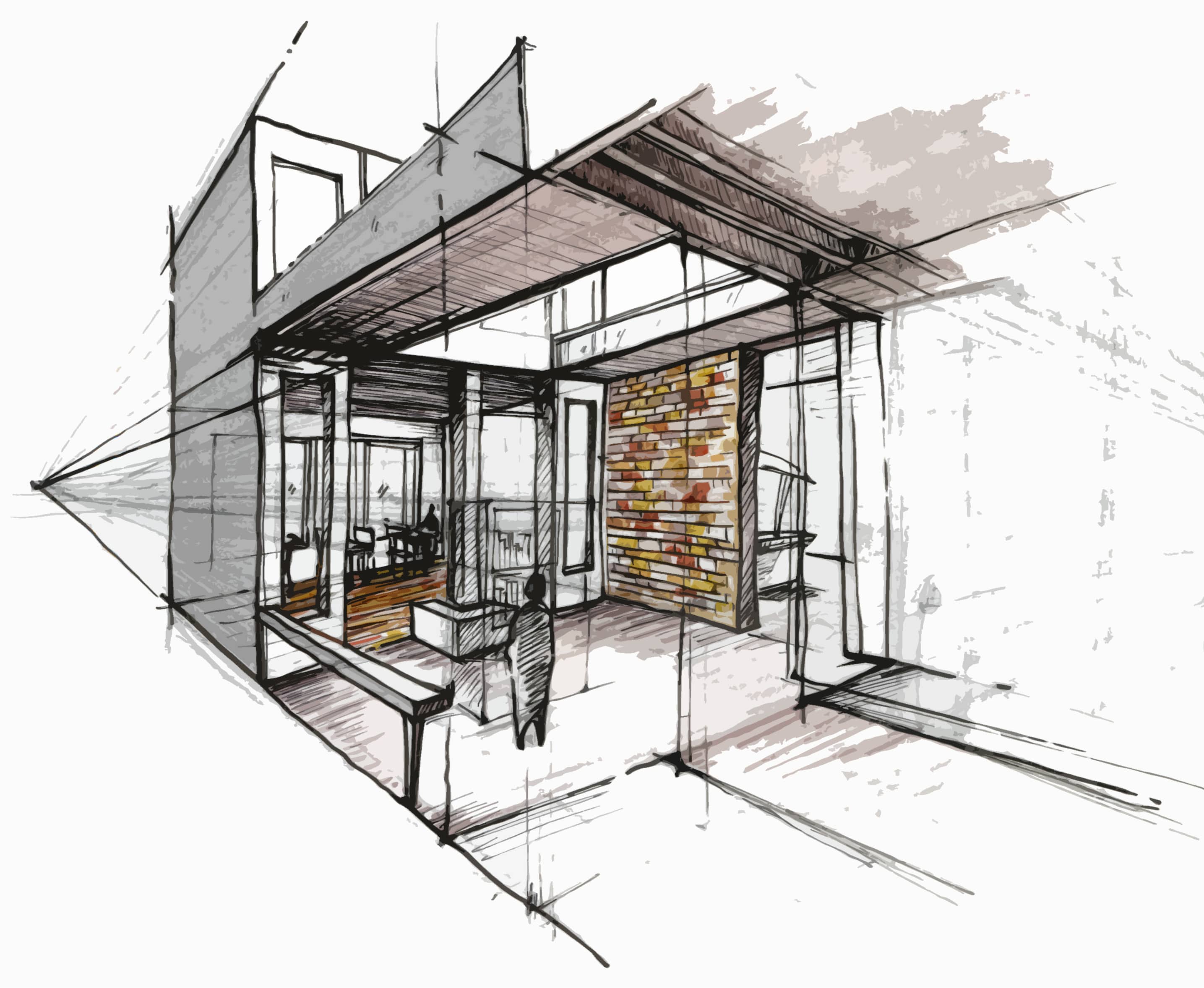The Beginner's Guide to Home Decorating
Interior Design & Decor5 minutes read
2928 views
2928 views
Decorating 101: A Beginner's Ultimate Guide to Styling Your Home
Source: Pexels
Home decorating may appear daunting, especially when you're a novice. Nevertheless, creating a living space that reflects your personality, tastes, and preferences is truly rewarding. It's an artistic journey of self-expression, where you get to transform your home into a personal haven.
This comprehensive guide provides useful tips and practical information to help you navigate your decorating project with ease and confidence.
This beginner's guide offers you a step-by-step walkthrough on everything from understanding your unique style to effectively planning your project, selecting essential decor elements, accessorizing, considering DIY versus professional help, budget-friendly strategies, common pitfalls to avoid, and how to add the final personal touches. So, let's get started on your home decorating journey.
Understanding Your Style
Interior design comes in numerous styles—from minimalist and contemporary to rustic and traditional. The first step to successful decorating is recognizing your personal style. Look around your home, pay attention to the items that bring you joy and comfort. These can hint towards your preferences.
Finding inspiration can be as simple as browsing home decor magazines, exploring popular home decorating websites, or even visiting showrooms or open houses. Don't hesitate to borrow ideas that resonate with you.
Source: Pexels
Planning Your Decor Project
Once you've pinpointed your style, it's time to plan. Assess the space you're working with—note the room's dimensions, features, and light conditions. This helps in determining the scope of your project.
Remember to set a budget. This includes the cost for furniture, accessories, paint, or even professional services if necessary. Create a timeline for your project and establish what needs to be tackled first, this will keep your decorating project organized and stress-free.
Essential Elements of Home Decor
Key elements like color schemes significantly influence the mood of your space. For instance, warm colors like red and orange evoke energy and comfort, while cooler tones such as blue and green create a calm ambiance.
Furniture selection is crucial too. It must be functional and reflect your style. Placement is also key: a well-arranged room promotes balance and accessibility. Lighting fixtures are not just for functionality, but also for setting the right mood. Play with different light sources to find the right ambiance for each room.
Incorporate various textures and patterns to add depth and visual interest. Mix and match, but ensure they harmonize with your overall decor theme.
Selecting Decorative Accessories
Artwork and wall decor can serve as the focal point of your room. Choose pieces that speak to you and blend with your decor. Greenery is also a great addition, it brings life and freshness into your space. NYC florists are a wonderful source for houseplants if you live nearby.
Personal touches make your space truly yours. Whether it's family photos, travel souvenirs, or a cherished antique clock, these items tell your story.
Source: Pexels
DIY vs. Hiring Professionals
While DIY projects are cost-effective and fulfilling, they require time and some level of skill. Evaluate your comfort and ability to undertake DIY tasks.
On the other hand, professional decorators provide expert advice and a polished look. They may be worth considering for large-scale projects or when you're unsure about your decorating decisions.
Tips for Budget-Friendly Decorating
Thrift stores and second-hand shops are gold mines for unique, budget-friendly finds. Repurposing existing items—such as reupholstering a chair or repainting a table—can give your space a fresh look without breaking the bank.
Embrace DIY projects. They not only save money but also allow you to create customized decor pieces. Finally, shop smart. Wait for sales, compare prices, and consider quality over quantity.
Source: Pexels
Avoiding Common Decorating Mistakes
Avoid overcrowding your space with furniture or decor—it makes your room feel smaller and chaotic. Similarly, understand the importance of scale and proportion. An oversized sofa in a small room disrupts balance.
Strive for a cohesive look across your home. A lack of visual flow can make your spaces feel disjointed. Lastly, functionality is as crucial as aesthetics. Your home needs to be livable, not just visually appealing.
Everyone makes mistakes, but when it comes to home decorating, some errors are more common than others. Let's shed some light on these mistakes and provide handy tips on how to avoid them.
Overcrowding: It's easy to go overboard and fill every corner of your room with furniture and decor items. But remember, each piece needs its own space to shine. Overcrowding makes a room feel smaller and chaotic. To avoid this, focus on fewer, high-impact pieces and give them room to breathe.
Ignoring Scale and Proportion: Picture a giant sofa squished into a tiny living room, or a tiny rug in the middle of a vast room. These scenes look odd, right? That's because the items are not in scale or proportion with the room size. Always consider the size of your space when choosing and placing items.
Color Chaos: Love colors? Great! But using too many at once can create visual clutter. The trick is to limit your main colors to three. One for walls, one for large furniture, and one for accents. This will make your room feel cohesive and harmoniously colored.
Lack of Functionality: While a room may look stunning, it needs to be practical too. When planning your decor, think about how the space is used. For example, make sure there's enough lighting where you read or work, and enough seating for everyone in the living room.
Remember, your home should be a reflection of you, but it should also be comfortable and functional. Keep these tips in mind, and you'll avoid common decorating pitfalls.
Final Touches and Styling
Arranging furniture effectively and creating functional spaces is key. Remember, less is often more.
Layer your decor items. Start with larger items like furniture, add rugs and curtains, then finish with smaller accessories. This creates a comprehensive, well-thought-out look. Lastly, personalize your space. This could be through unique light switches, a vibrant door color, or a display of your favorite photographs.
Source: Pexels
Key Takeaways
Embarking on your home decorating journey might seem intimidating at first, but remember, it's an opportunity to express your unique style and make your space feel like home. It's all about exploring your taste, planning effectively, understanding the essentials of home decor, choosing the right accessories, knowing when to DIY, making smart budget-friendly choices, avoiding common pitfalls, and adding those all-important final touches.
Keep in mind that rules in home decorating are not set in stone. It's your home, and the most important thing is that it reflects you. Have fun experimenting, learning, and creating a home that you love and enjoy. And remember, a well-decorated home isn't built in a day, it's a journey—your journey. So, take that first step today.
Request for quotes and we'll match you with a selection of Interior Designers!
Previous
Discover Malaysia’s Wonders from Singapore’s Doorstep


 Sign Up with Google
Sign Up with Google

.jpg)